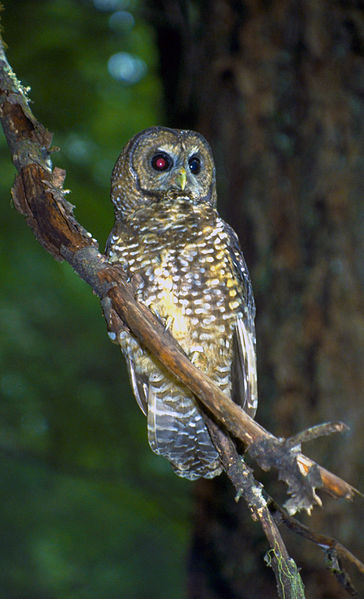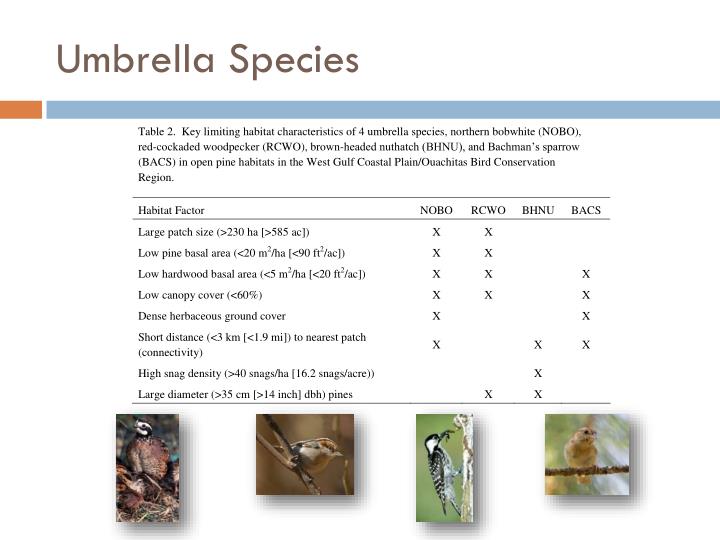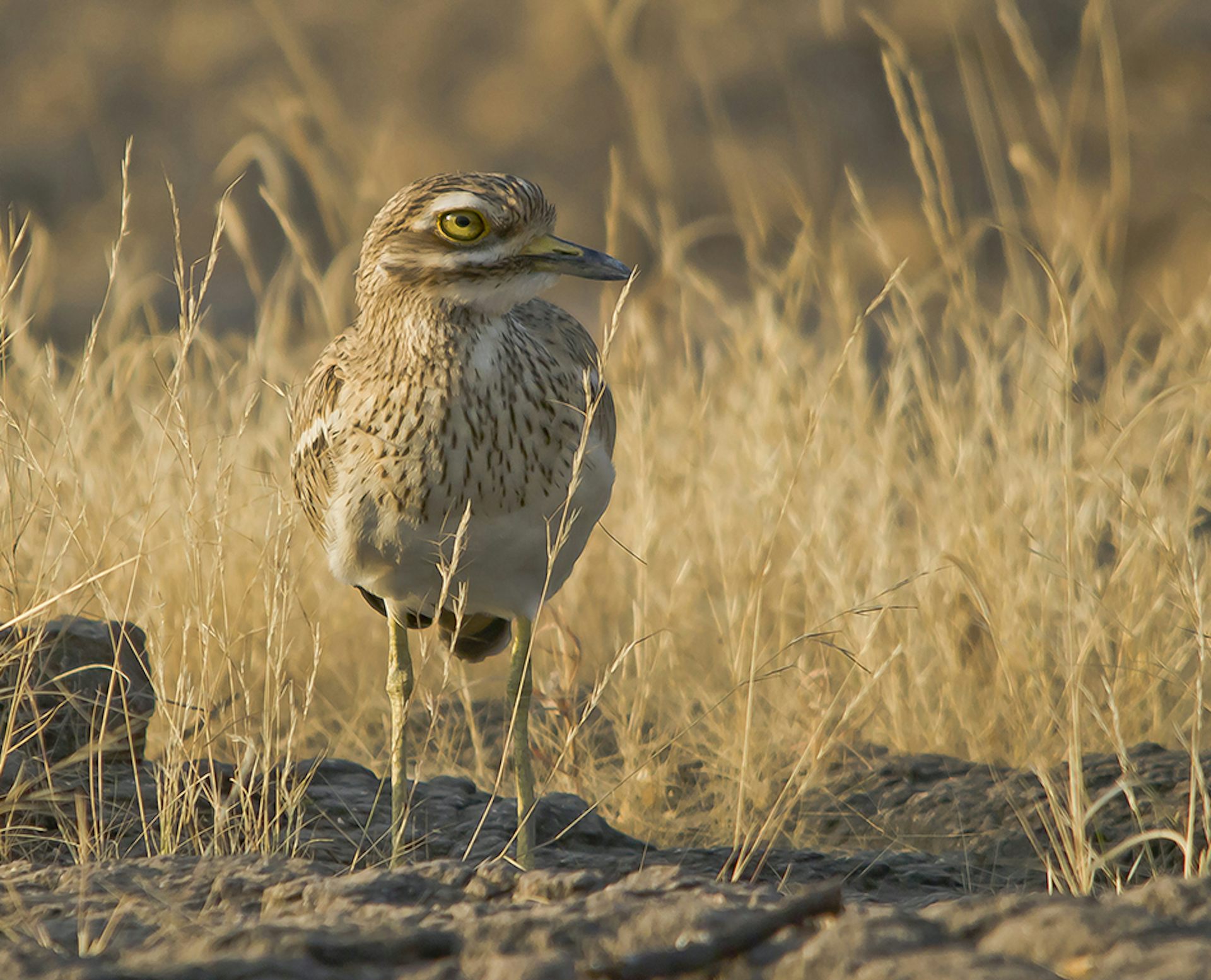
This concept has been deemed useful for conservation planning as implementing actions to benefit populations of an umbrella species could benefit entire communities of co-existing species.Īfrican vulture populations are rapidly declining and the time and funding available to reverse this trend are limited. However, the suitability of vultures, and particularly of African vultures, as biomonitors remain poorly understood.Īn umbrella species is a species whose requirements for population persistence encapsulate the requirements of other co-occurring species. Raptors have been widely used as biomonitors through passive or active monitoring. This is very useful to monitor entire ecosystems and detect toxicants having potentially harmful effects on wildlife, people and the environment. Introduction and Objectivesīiomonitoring is the use of an organism to assess environmental contamination. We believe that our results will help direct conservation efforts for pronghorn and the NSS moving forward.White-backed Vultures perching on a tree at sunset in South Africa/ illustrativeĪ recent study used a systematic approach to evaluate the potential of African vultures as umbrella species and avian biomonitors. In fact, we concluded that the measure of intact native grassland at the 1-km2 scale functions as the best umbrella “species” (of the species/metrics we included in our model) to represent the conservation needs of grassland obligates such as greater sage-grouse, grassland songbirds, and waterfowl. Lastly, we were able to demonstrate overlap in the selection of habitat between pronghorn and greater sage-grouse during migration, but we were not able to validate pronghorn as an ideal umbrella species. Secondly, we published an essay on the impacts of fences on wildlife and ecosystems that advocated for the development of a new discipline called fence ecology. In addition, our modeling demonstrated that by reducing fence density or by modifying fence structure (i.e., pronghorn friendly) we can increase the availability of high-quality habitat on the landscape. The primary objectives for this project were to: 1) develop pronghorn seasonal habitat selection models and assess the effects of fences on the habitat selection pattern 2) increase awareness of the effects of fences on pronghorn, other wildlife, and their ecosystems by promoting a new discipline called fence ecology 3) test the efficacy of pronghorn as an umbrella species for greater sage-grouse, grassland songbirds, and waterfowl and 4) increase the profile of pronghorn and awareness of the need to conserve the NSS through publications in peer-reviewed journals and presentations.įirst, we demonstrated that fences have a negative impact on the selection of habitat by pronghorn during the summer and winter seasons. To conserve the remaining NSS, we need to create awareness of the impacts of fences on wildlife and assess if one species can serve as an umbrella species to protect the suite of other grassland obligates. Fences are a source of anthropogenic disturbance that is often invisible in terms of its impacts, because fences fragment functional grassland ecosystems by negatively affecting wildlife movement.

Native prairie continues to be converted and fragmented across the region, resulting in increased stress on wildlife populations and overall ecosystem function.

The NSS is one of the most threatened ecosystems in the world.

The Northern Sagebrush Steppe (NSS) is the northern boundary of sagebrush steppe and grassland habitats in North America, and is the periphery of the range for species such as pronghorn (Antilocapra americana) and greater sage-grouse (Centrocercus urophasianus).
/jaguar-lying-on-wood-in-forest-683872301-a114151e1deb47e4a0925cc96a941ff0.jpg)
Can Pronghorn Serve as an Umbrella Species for Other Grassland Obligate Species? Author(s)


 0 kommentar(er)
0 kommentar(er)
